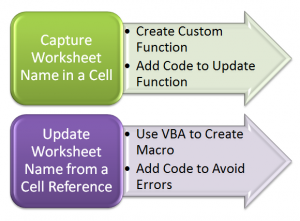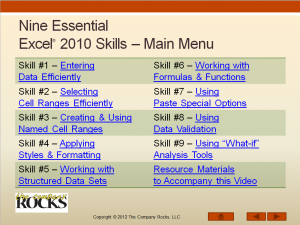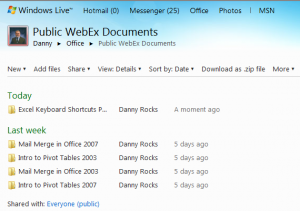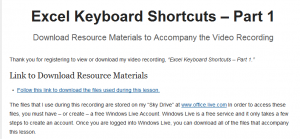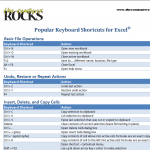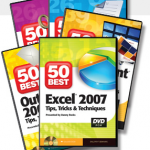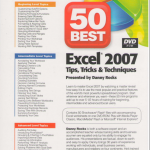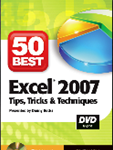If you have recently upgraded to either Excel 2007 or Excel 2010, you REALLY NEED to master the Keyboard Shortcuts that I present in this lesson!
Many Excel veterans who upgrade, tell me that they initially felt “lost” with the new user interface. Some of my clients called me in a panic because they didn’t know where to look to Print their work or to open a document. If you know how to use the Keyboard Shortcuts that I present in this lesson, you will never be at a loss. As an added bonus, these Keyboard Shortcuts work with ALL Microsoft Office programs and also for most Windows-based programs.
The “N-O-W-S” Keyboard Shortcuts
I use this acronym – NOWS – to remember the keyboard shortcuts to Open, Close and Save Documents in MS Office programs. Use Ctrl + W to Close the active worksheet.
In this video tutorial, I also show you when NOT to use Keyboard Shortcuts! There are many times when you need to access the full file menu selection.
Keyboard Shortcut for Print Preview
Use Ctrl + F2 to open up the Print Preview pane. Use the “Esc” key to Exit Print Preview.
Download My Chart of Popular Keyboard Shortcuts as a PDF
Follow this link to go to the web page where I store my Keyboard Shortcut Charts and other download-able content.
These Keyboard Shortcuts work for all versions of Excel. So far, I have found only one Keyboard Shortcut that is different when used in Excel 2007 / 2010 than in Excel 2003.
More Video Tutorials for Keyboard Shortcuts
This is the first in a series of video tutorials that I have planned. Each video will focus on the Keyboard Shortcuts you can use to perform a specific task – e.g. Formatting Cells, Inserting and Deleting, etc. My plan is to post one new video in this series per week.
Watch Video Tutorial in High Definition Mode
Follow this link to view this video tutorial in High Definition on my YouTube Channel – DannyRocksExcels
 Use Keyboard Shortcuts for Basic File Operations in Excel [ 10:21 ] Play Now | Play in Popup | Download (1139)
Use Keyboard Shortcuts for Basic File Operations in Excel [ 10:21 ] Play Now | Play in Popup | Download (1139)
